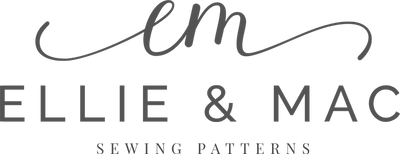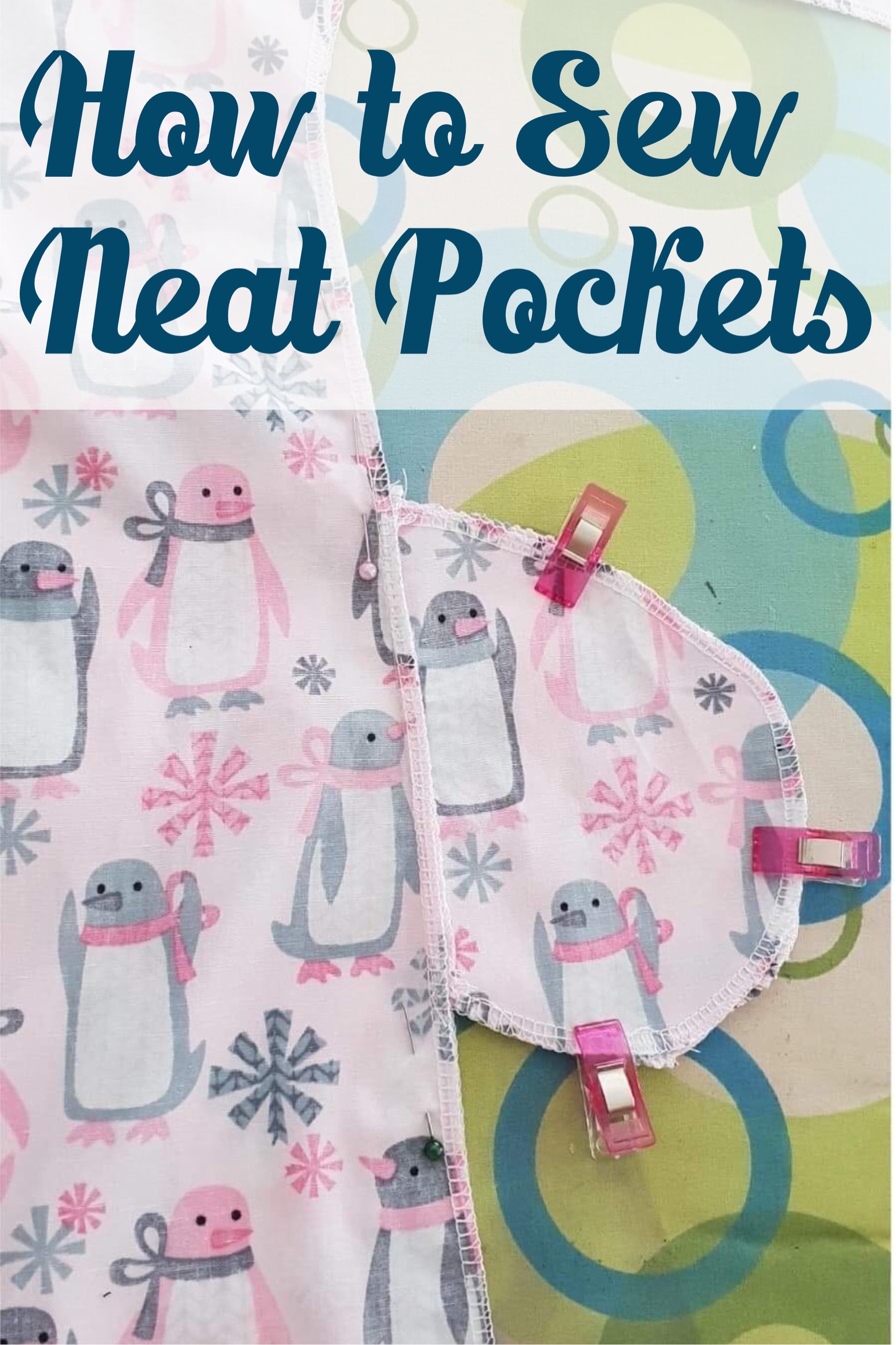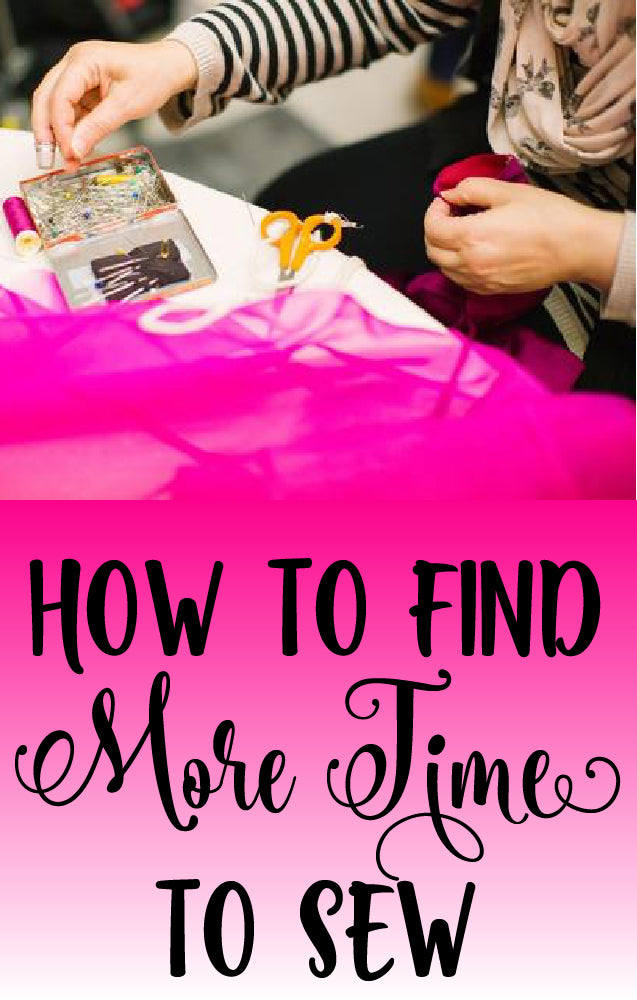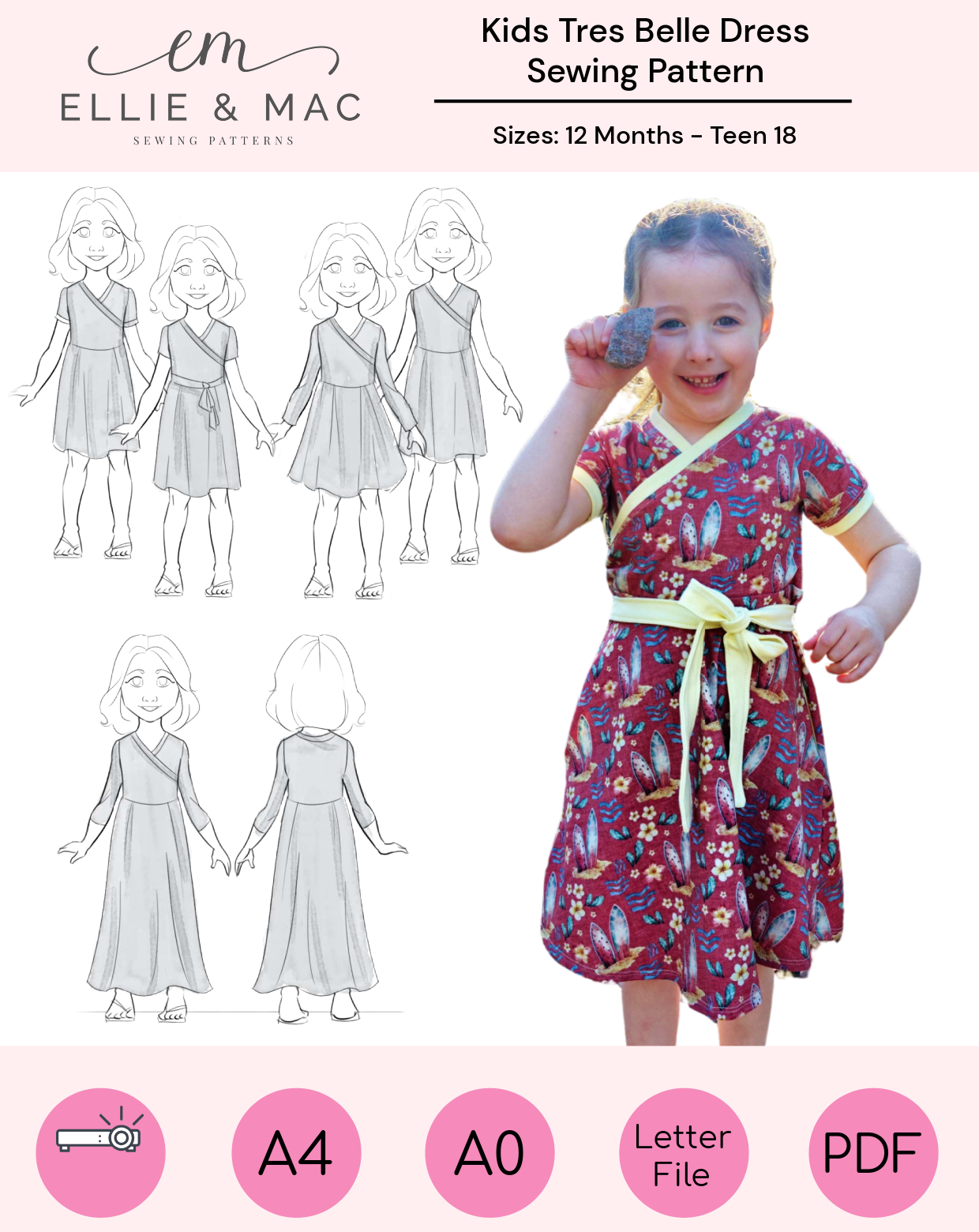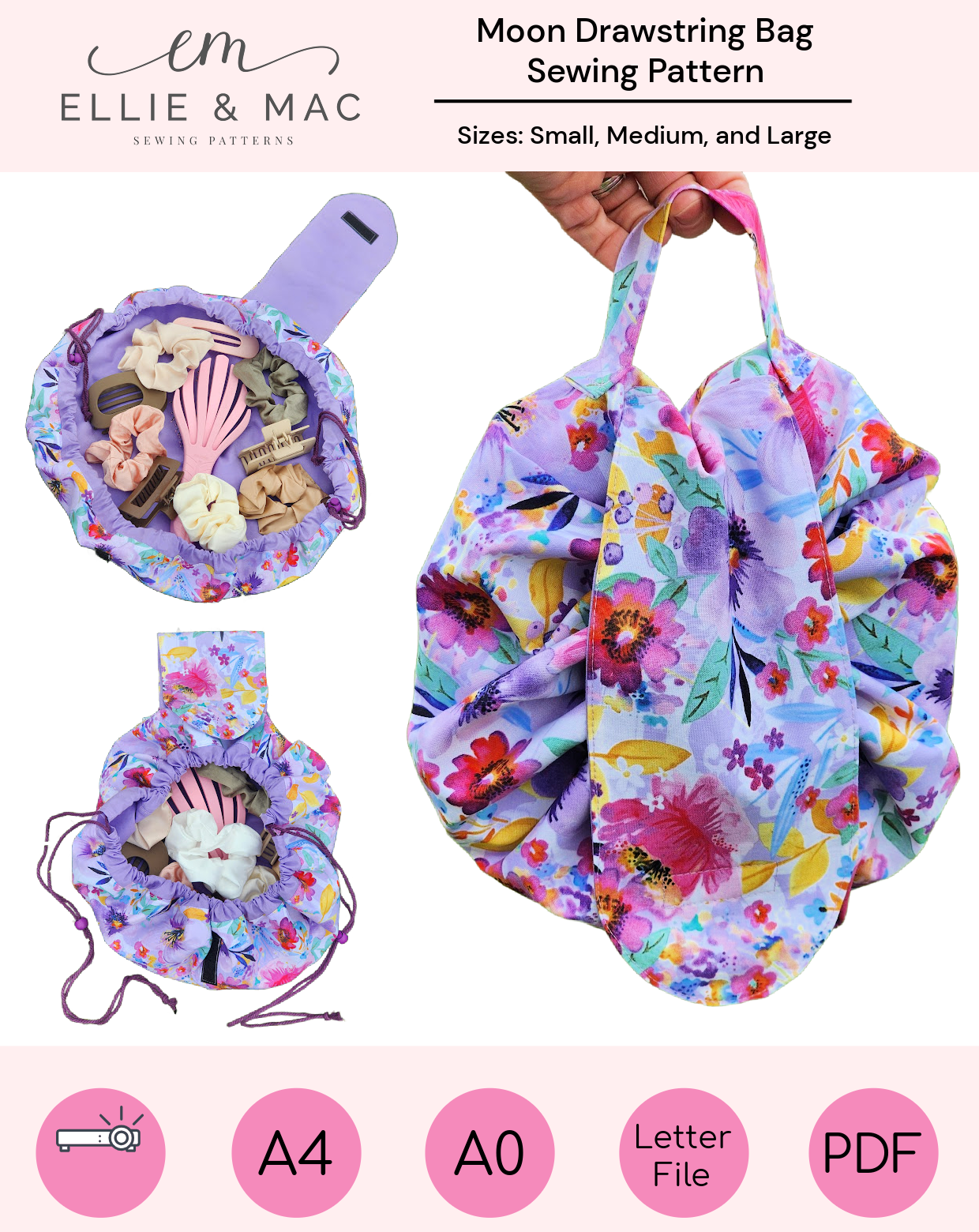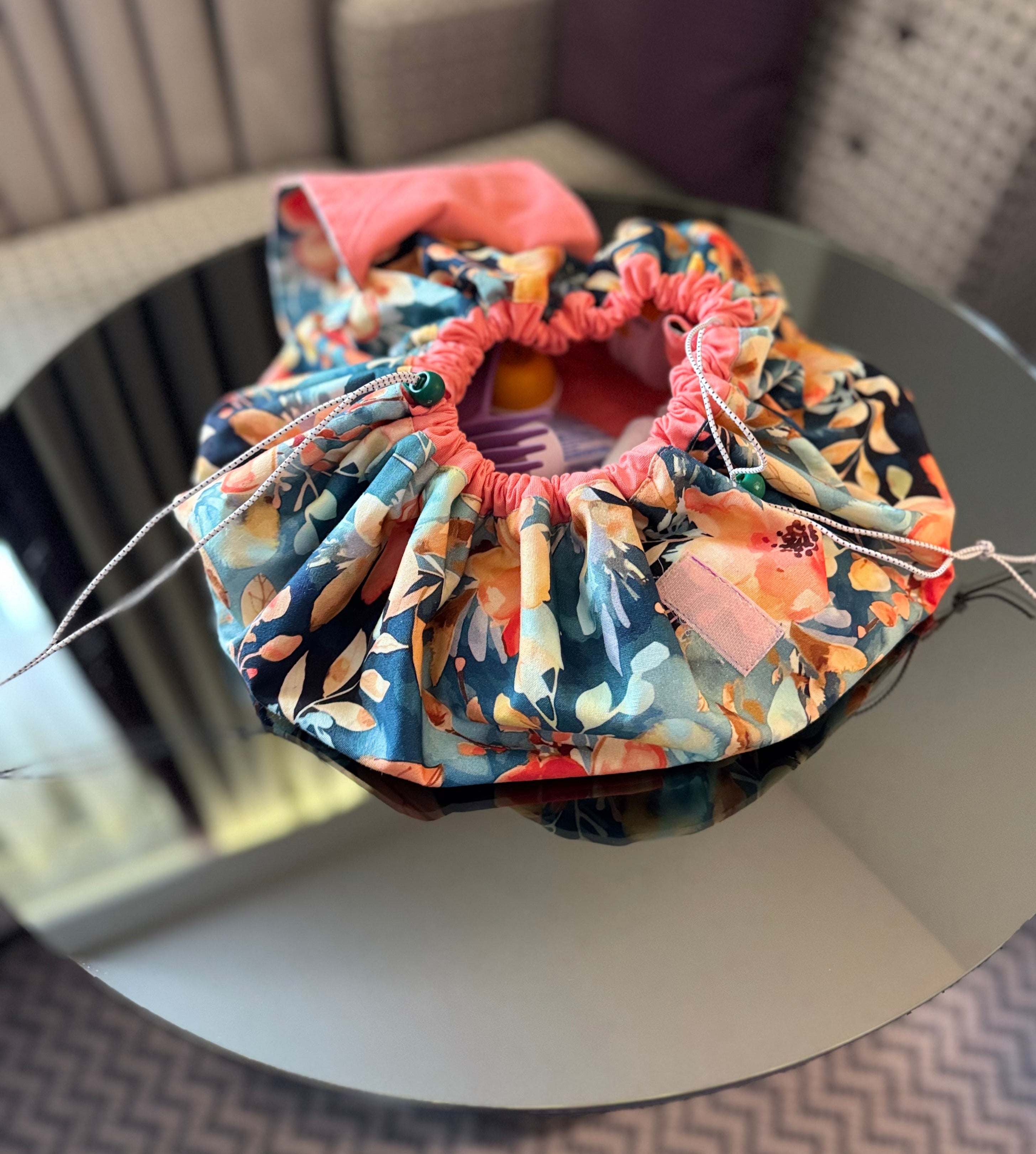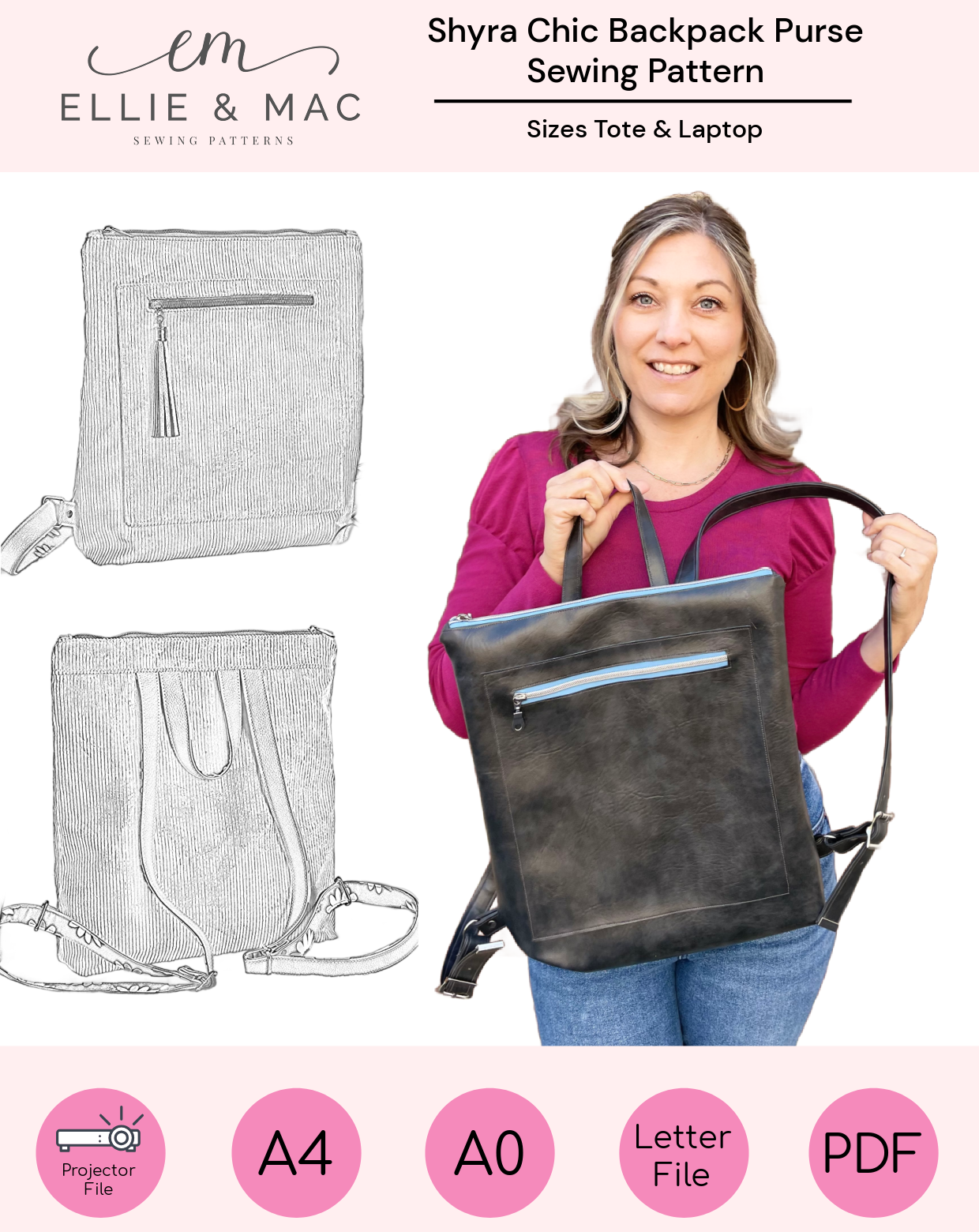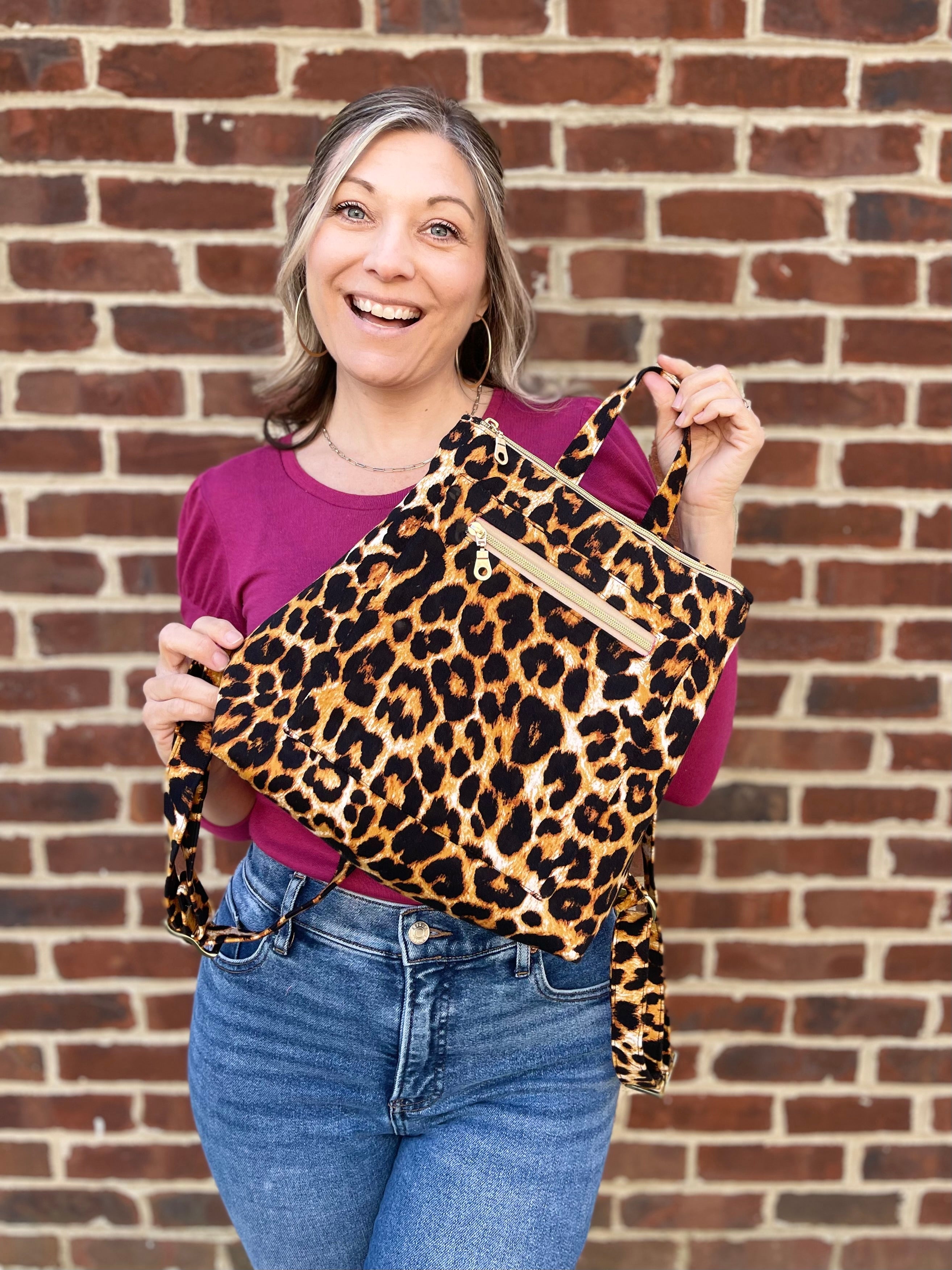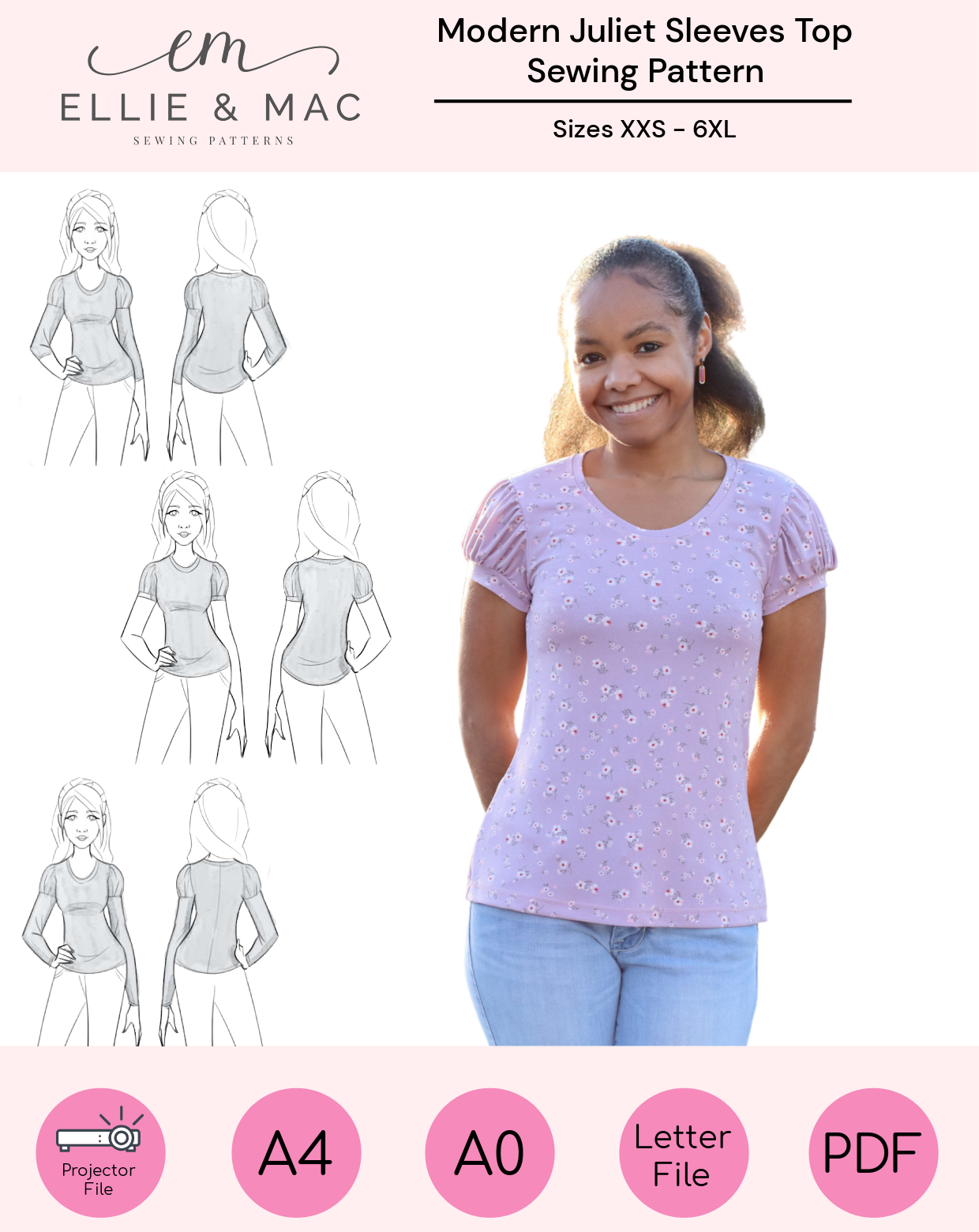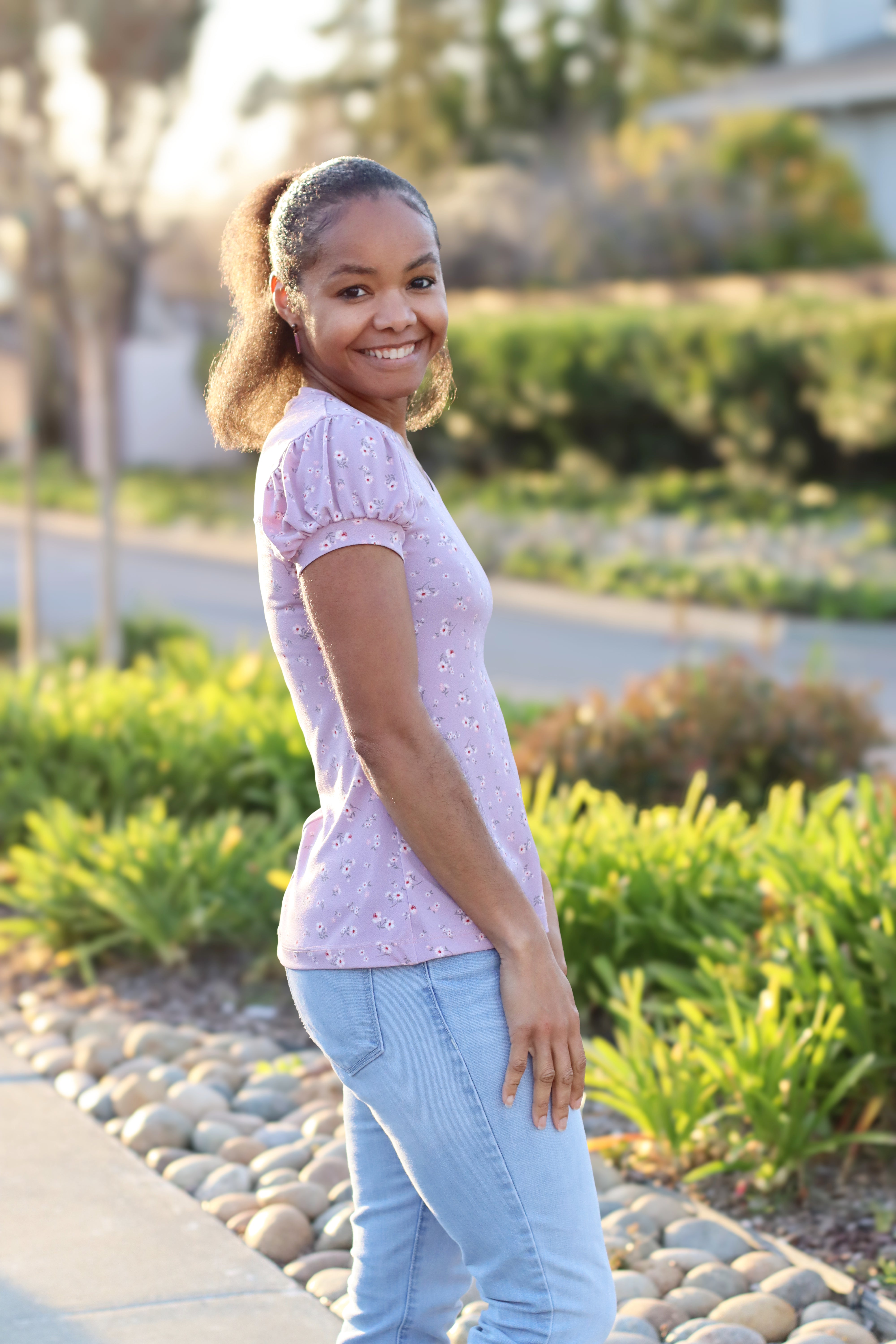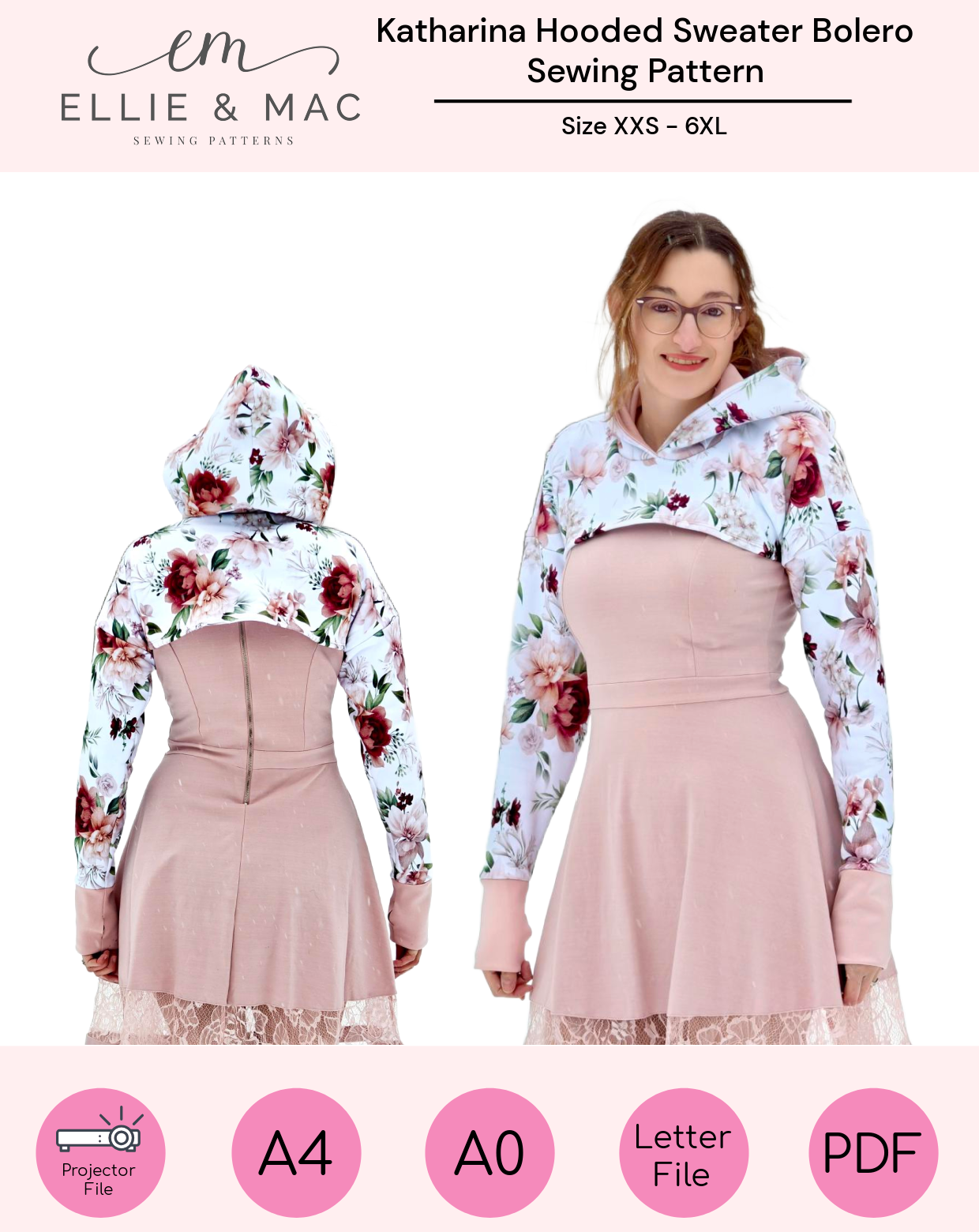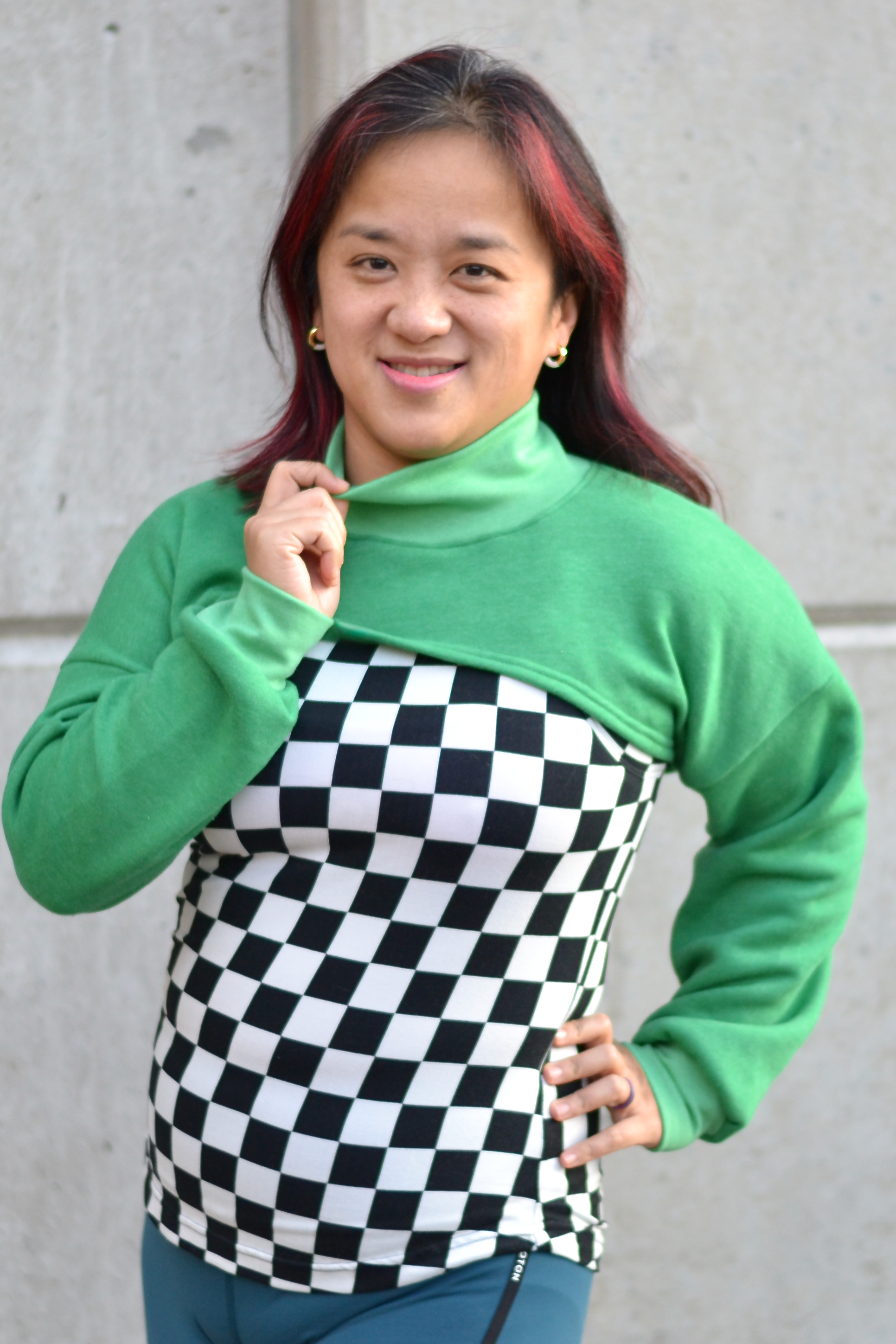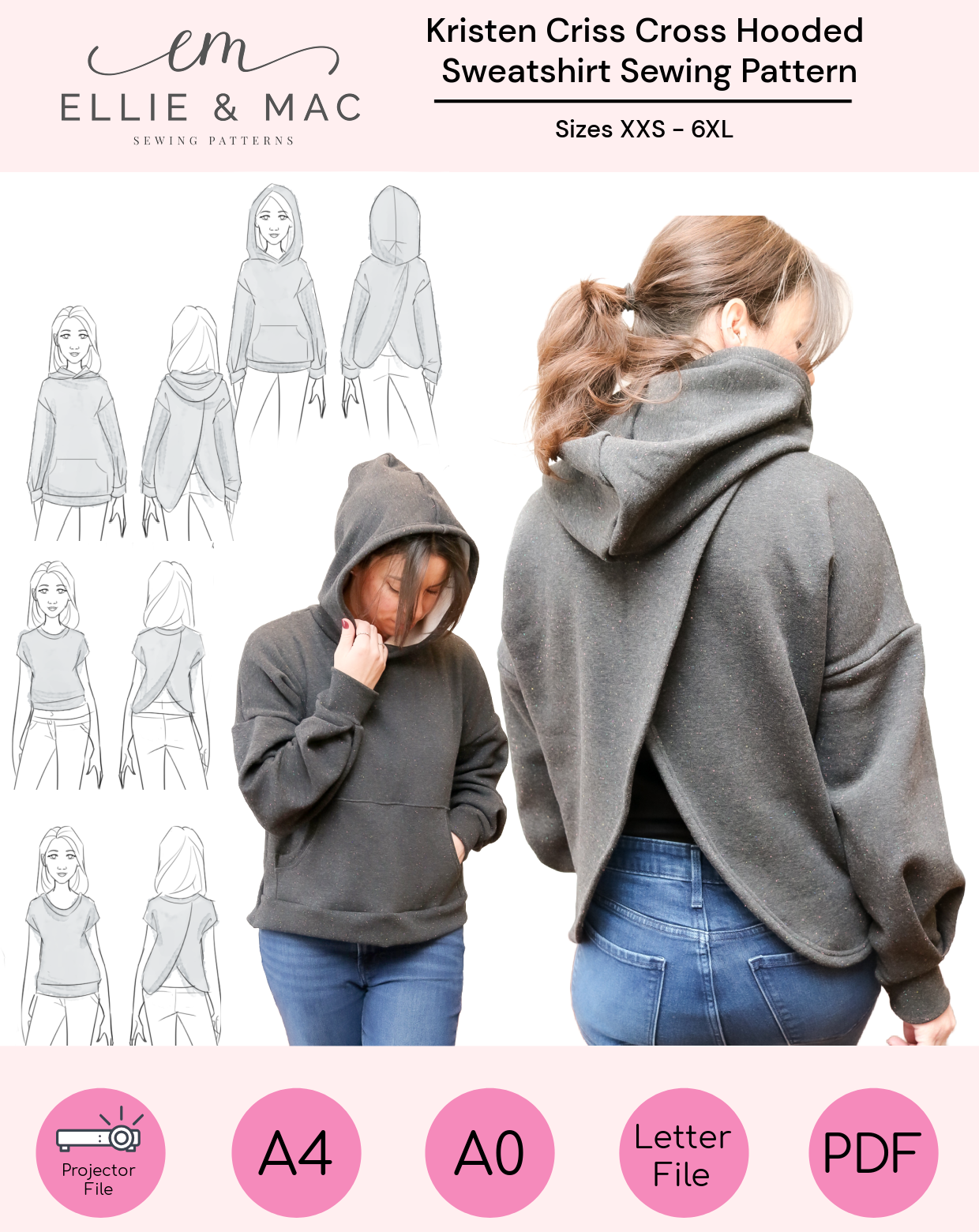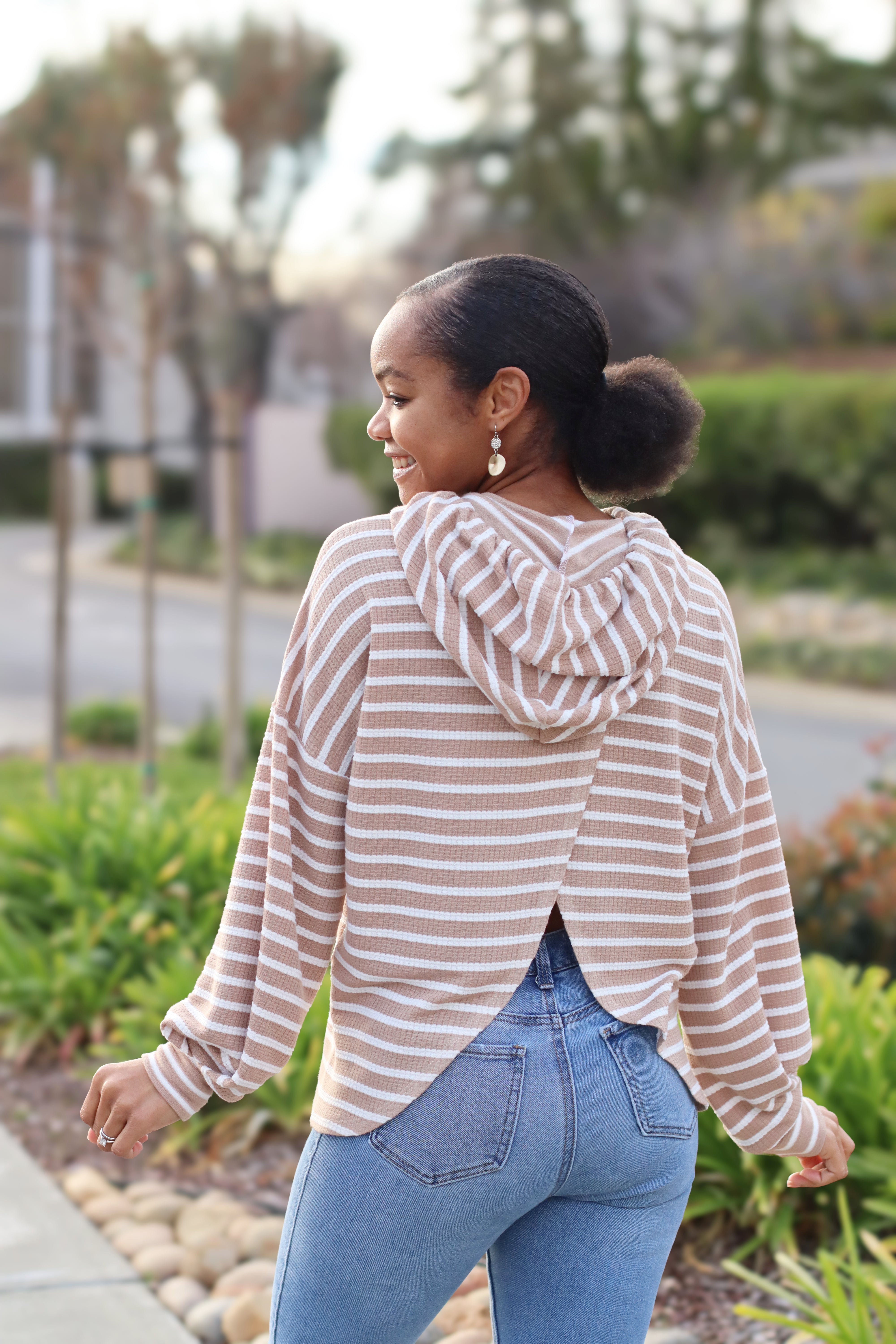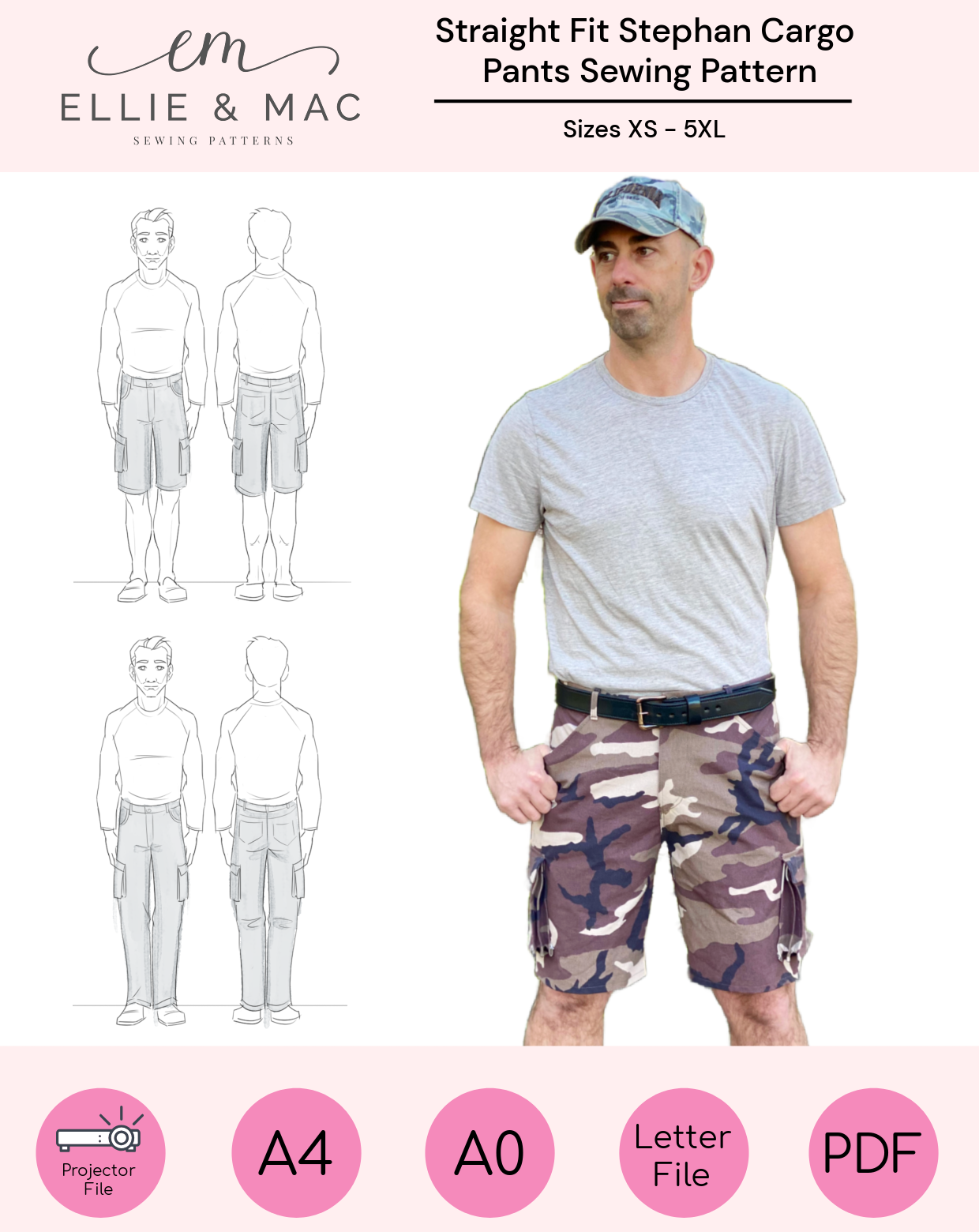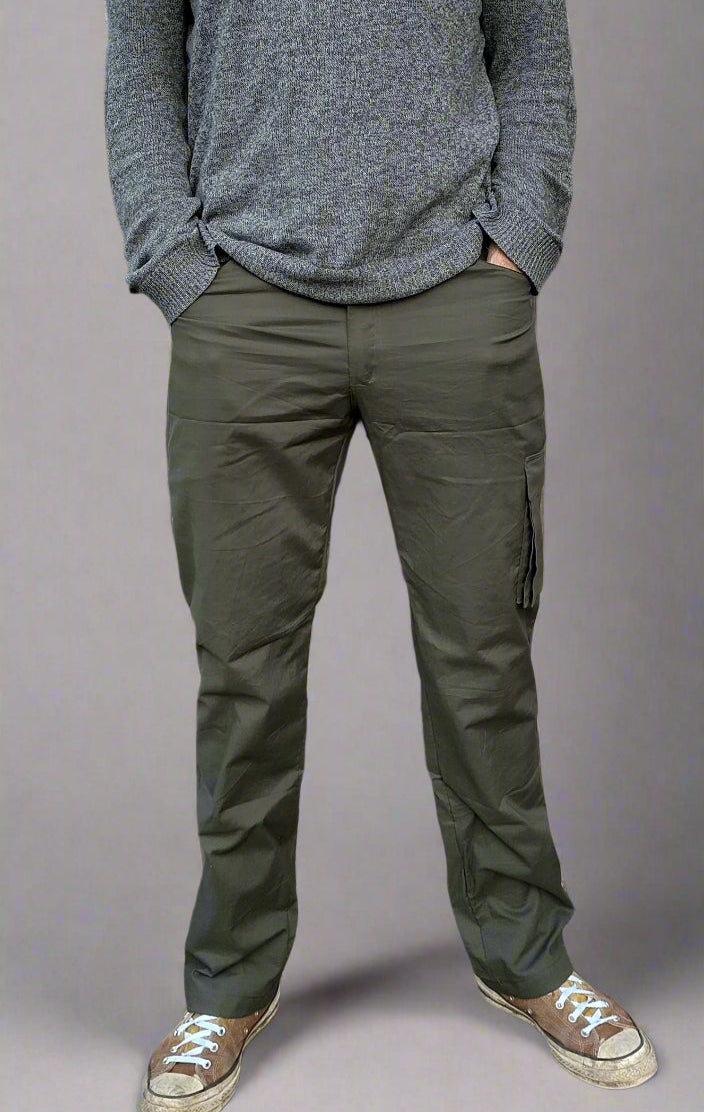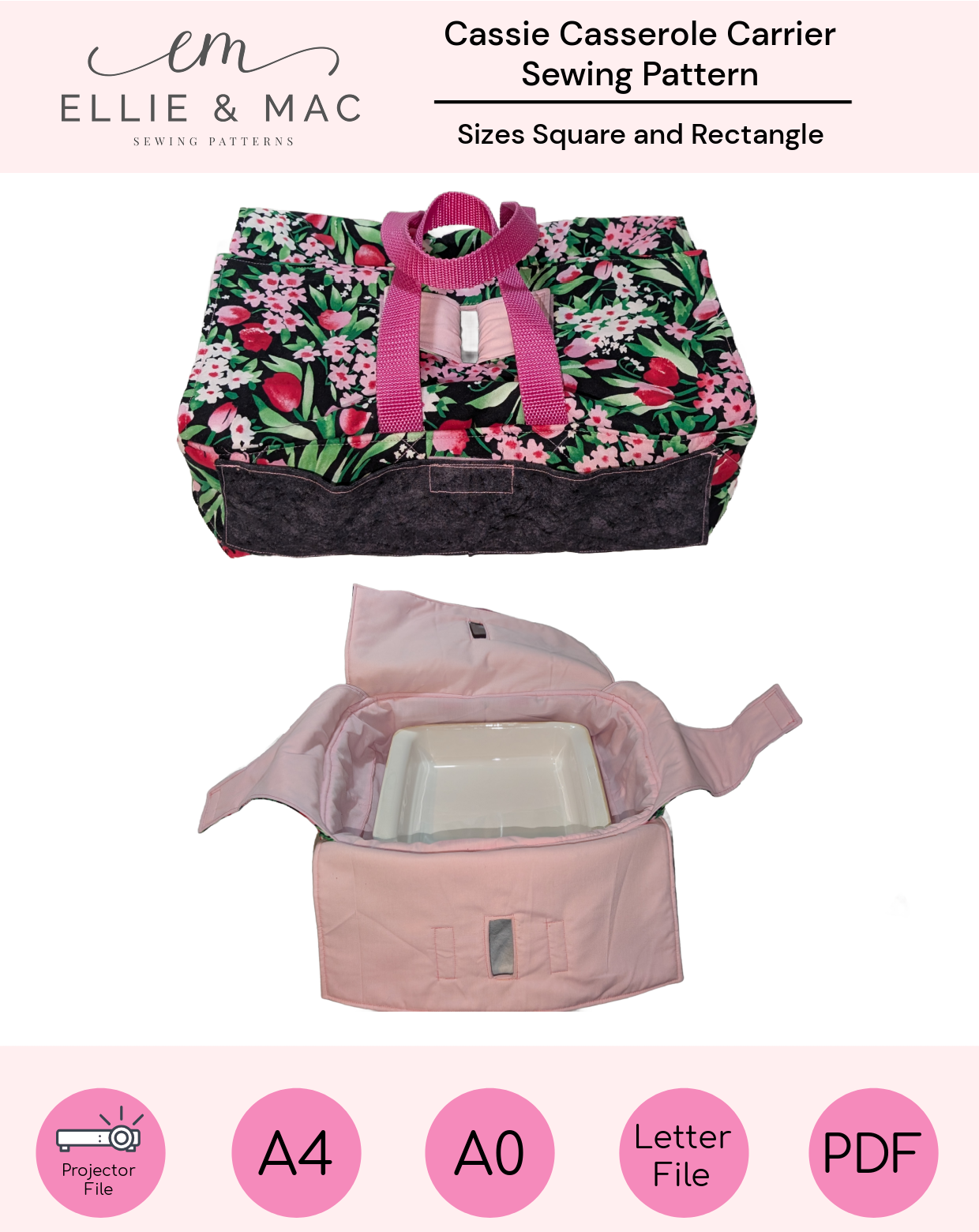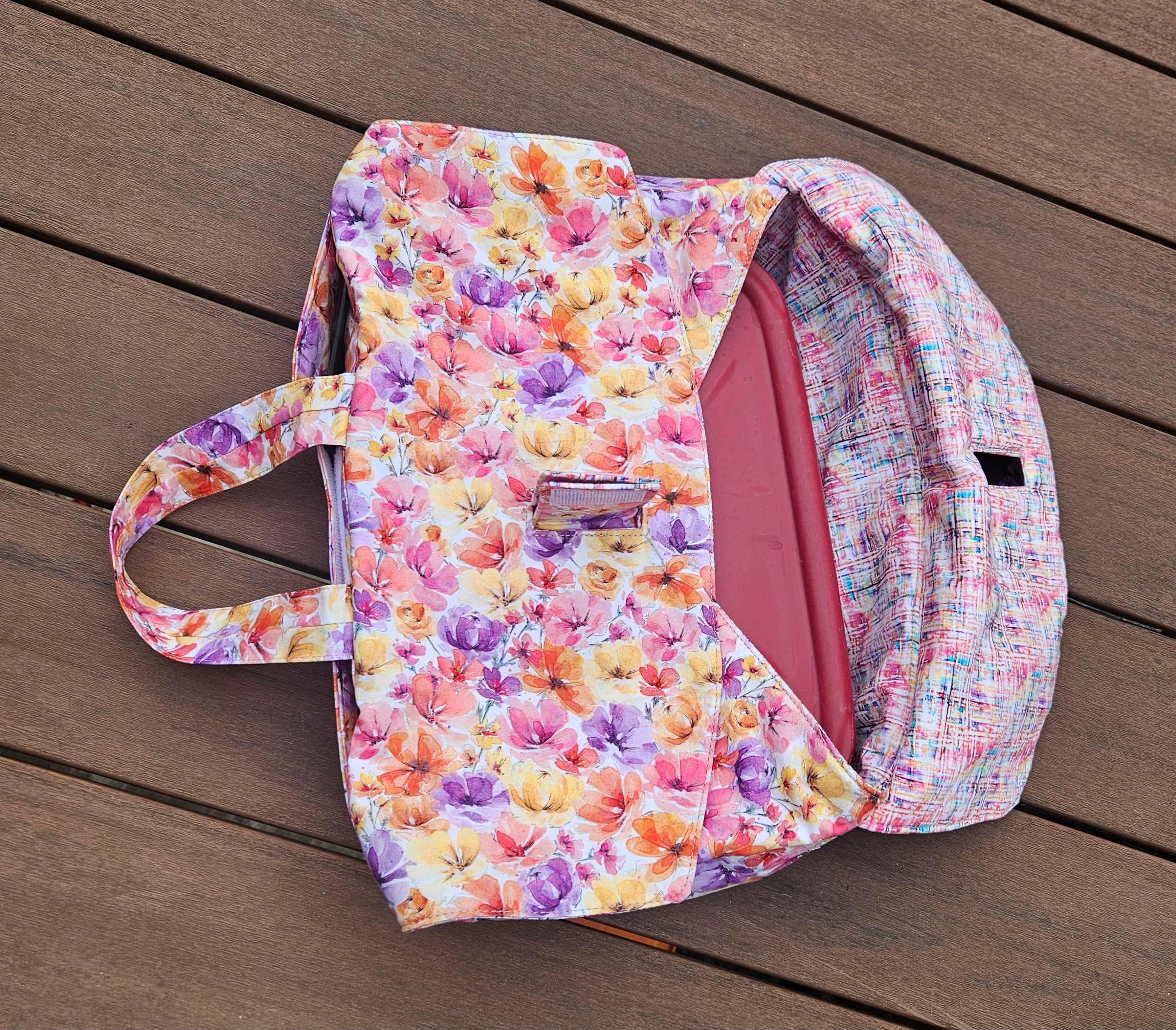Hello everyone! My name is Aimee – also known as the Sewing Scientist. I just moved and finished setting up my new sewing space. I’m really excited about it and wanted to share it with you and show how I organized everything. In my move I lost having a closed off dedicated sewing room. In my new home, I am occupying an open area that will also double as my photo editing area. I had a dedicated office in my old house and needed to combine it and my sewing room into one space. The space I am using is 8 feet wide by 23 feet long.

One side of the space is open to a large bank of windows. These windows provide me a great view and some wonderful natural light. My neighborhood is heavily treed and strong sunlight comes in only about 3 feet – as can be seen by how light the floor is in that area. So no worries – my fabric is a safe distance away.

My original office had 2 desks. One was for my photography and one was for when I worked from home. My sewing room also had a desk. Needless to say, I did not have room for three desks. I went furniture shopping and found a lovely dining room table at a consignment shop that I knew would be perfect. My husband wall mounted my monitor (which is a TV) and set up a switch so that both my sewing computer and photography computer are both connected to it. The large table gives me a lot of space to spread out and work on my sewing blog or editing photos. I have cute boxes on my table to store things in like memory cards, lens wipes, notebooks, etc. On the wall next to my desk is a spool rack to hold my smaller spools of thread.

Since my space is open and we have 3 naughty cats, I need to keep my sewing machines safely stored away when not in use. My machines each has a cubby slot in the shelves. The shelves I have are from Ikea and are perfect for storing all of my things. You can see I have my serger out as I was about to use it. Each of my machines has a dust cover that I use to keep my kitties from messing with the thread on my machines. The cabinet under my desk hold my serger thread. I have another cabinet on the opposite side with my embroidery thread.

Most of my fabric is folded using a 12.5” square ruler and then placed on a shelf. Some fabrics are harder to store that way. Swim knits are a perfect example. They are so slippery that it is hard to keep them neatly folded. I use my ruler to fold them and then roll the square and stand them upright in a bin. This makes it easy for me to see what I have.

My biggest mess in my old sewing room was my patterns. I tried so many storage solutions and always came back to using 6 inch by 9 inch envelopes. But how to store all those envelopes? I had them everywhere and it would take me forever to find the pattern that I wanted. I searched online to find a vintage sewing pattern cabinet that would have been used by a retail store. I finally found the style I wanted and paid $65. It was well worth it as now all my patterns are stored neatly in alphabetical order by designer. My pdf patterns take up 2 drawers and 1 drawer is for my big 4 paper patterns. The top and bottom drawers are currently used as storage, but will allow me room to grow my pattern collection.

I’m only 5 foot tall. One of the most practical items for me to have in my sewing space is a step stool. I keep this one tucked away in a corner and get it out routinely to reach things in the top shelves and on top of my shelves. Above the shelving units I store boxes with zippers, buttons, woven fabrics, and items I don’t need regularly. The stool makes it so much easier to access fabric on the upper shelves.

I am all about organizing my stuff. I have these storage drawers next to my pattern cabinet. The drawer you see open contain elastic. The one above it has binding – mostly premade regular and bias cut binding. Another holds fold over elastic and picot elastic. One hold trim – zigzag and decorative stuff.

I am a sentimental person and have a few things that I will never let go of. This vintage sewing machine is one of them. It was given to me by a dear friend and I cherish it greatly. I’m unlikely to ever use it, but I think it’s beautiful and I keep things stored in its drawers. I come from a Hispanic family and you might notice that I have a few Dia de los Muertos figurines in my room. I also have two molita dolls made by my grandmother when she was in her 90’s. My grandmother loved to sew and as she lost her sight, she would make these dolls and give them to everyone she knew. The skirt lifts up to hold needles and safety pins.

This side of my “cutting table” has my Brother Scan n Cut and my Easy Press for when I do HTV. I also have bins that hold tools like a hem guide and French curve – just to name a few.

I try to keep my pattern weights and wonder clips in containers. If I don’t put everything back where it goes when I am done, I tend to lose things. Plus this keeps my sewing space looking a bit neater.

I hope you enjoyed seeing my sewing space and find some of my organization techniques useful for your own sewing space. Thanks for readin
